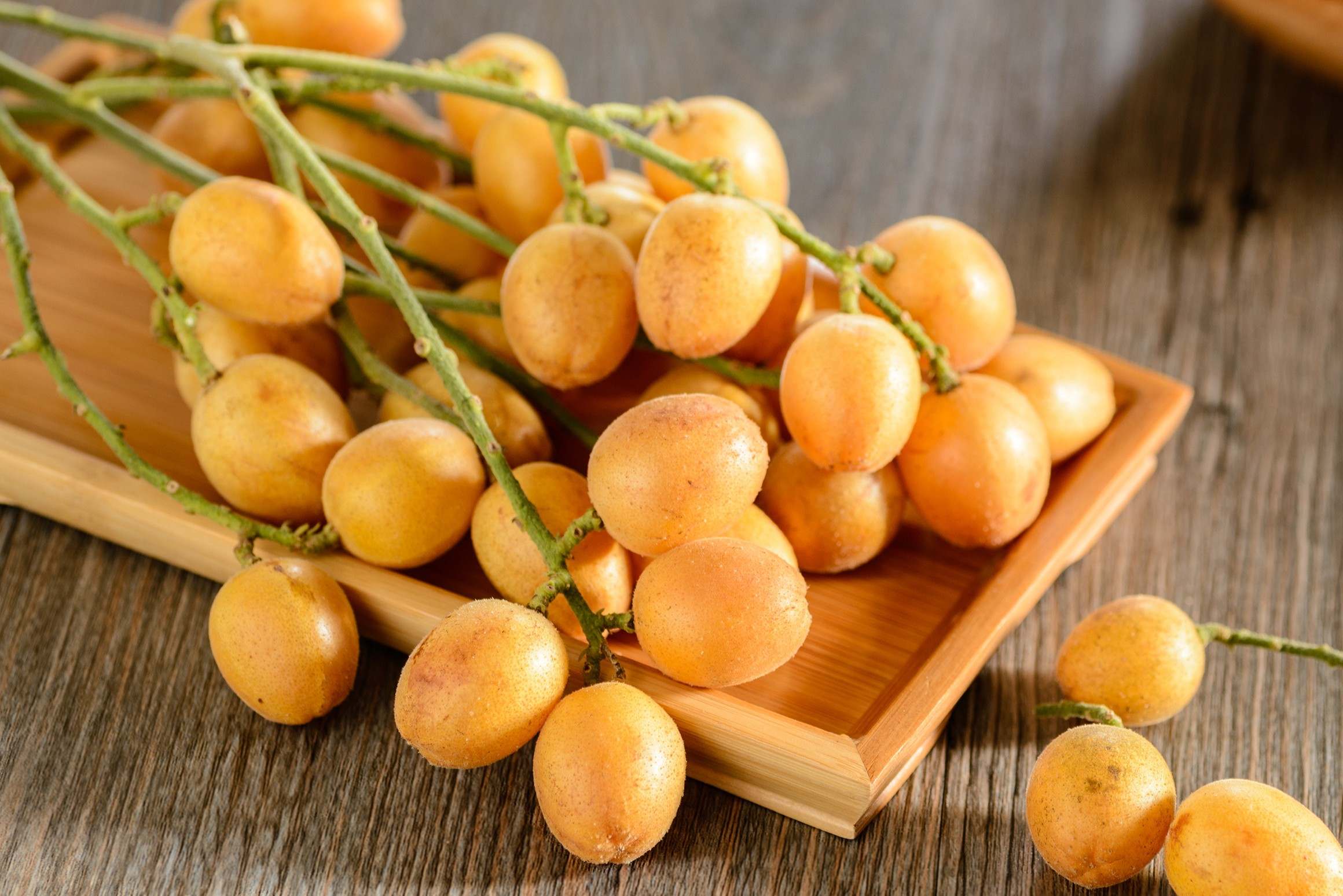
What is a Wampee? Wampee, also known as Clausena lansium, is a tropical fruit native to Southeast Asia. This small, round fruit grows on a tree that can reach up to 10 meters tall. Wampee fruits are typically yellow or brownish when ripe and have a tangy, sweet flavor that many compare to a mix of citrus and grapes. The fruit is not only delicious but also packed with nutrients like vitamin C, fiber, and antioxidants. Wampee trees thrive in warm climates and are often found in gardens and orchards across China, Vietnam, and the Philippines. Whether eaten fresh, dried, or used in jams and jellies, Wampee offers a unique taste experience.
What is Wampee?
Wampee, also known as Clausena lansium, is a tropical fruit native to Southeast Asia. It belongs to the Rutaceae family, the same family as citrus fruits. This small, round fruit packs a punch with its unique flavor and numerous health benefits.
Wampee's Origins
Understanding where wampee comes from helps appreciate its cultural and historical significance.
- Native to Southeast Asia: Wampee originates from regions like southern China, Vietnam, and the Philippines.
- Ancient Cultivation: This fruit has been cultivated for over a thousand years in these regions.
- Cultural Importance: In China, wampee is often used in traditional medicine and culinary dishes.
Physical Characteristics of Wampee
Wampee's appearance and structure make it easy to identify among other fruits.
- Small and Round: The fruit is typically small, about the size of a grape.
- Thin Skin: It has a thin, edible skin that ranges from yellow to brownish when ripe.
- Juicy Pulp: Inside, the fruit contains juicy, translucent pulp with a sweet and tangy flavor.
- Seeds: Each fruit contains one to five seeds, which are not typically eaten.
Nutritional Benefits of Wampee
Wampee is not just tasty; it’s also packed with nutrients that can benefit your health.
- Rich in Vitamin C: This fruit is an excellent source of vitamin C, which boosts the immune system.
- Antioxidants: Wampee contains antioxidants that help fight free radicals in the body.
- Low in Calories: It is a low-calorie fruit, making it a great option for those watching their weight.
- Dietary Fiber: The fruit provides a good amount of dietary fiber, aiding in digestion.
Health Benefits of Wampee
Beyond its nutritional content, wampee offers several health benefits.
- Boosts Immunity: The high vitamin C content helps strengthen the immune system.
- Aids Digestion: Dietary fiber in wampee promotes healthy digestion and prevents constipation.
- Anti-inflammatory Properties: Compounds in the fruit have anti-inflammatory effects, reducing inflammation in the body.
- Improves Skin Health: Antioxidants and vitamins in wampee contribute to healthier, glowing skin.
Culinary Uses of Wampee
Wampee's unique flavor makes it a versatile ingredient in various dishes.
- Eaten Fresh: The simplest way to enjoy wampee is by eating it fresh.
- Juices and Smoothies: It can be blended into juices and smoothies for a refreshing drink.
- Jams and Jellies: Wampee can be cooked down into jams and jellies, preserving its flavor.
- Culinary Dishes: In some cultures, the fruit is used in savory dishes and sauces.
Growing Wampee
For those interested in cultivating this fruit, understanding its growing conditions is essential.
- Tropical Climate: Wampee thrives in warm, tropical climates.
- Well-Drained Soil: It prefers well-drained soil with good organic content.
- Sunlight: The plant requires plenty of sunlight to grow and produce fruit.
- Propagation: Wampee can be propagated from seeds or cuttings.
Interesting Facts About Wampee
Here are some fun and lesser-known facts about this intriguing fruit.
- Medicinal Uses: In traditional Chinese medicine, wampee is used to treat coughs and digestive issues.
- Varieties: There are several varieties of wampee, each with slightly different flavors and characteristics.
- Cultural Symbol: In some cultures, wampee is considered a symbol of good luck and prosperity.
Wampee: A Hidden Gem
Wampee, often overlooked, packs a punch with its unique flavor and nutritional benefits. This small fruit, native to Southeast Asia, offers a tangy taste that can be enjoyed fresh or in various dishes. Rich in vitamin C, fiber, and antioxidants, it supports immune health and digestion.
Despite its size, wampee has a rich history and cultural significance. It’s been used in traditional medicine for centuries, believed to help with coughs, digestive issues, and skin problems. Its versatility extends beyond the kitchen, making it a valuable addition to any diet.
Next time you spot this exotic fruit, give it a try. You might just find a new favorite snack that’s both delicious and beneficial. Wampee proves that sometimes, the best things come in small packages.
Was this page helpful?
Our commitment to delivering trustworthy and engaging content is at the heart of what we do. Each fact on our site is contributed by real users like you, bringing a wealth of diverse insights and information. To ensure the highest standards of accuracy and reliability, our dedicated editors meticulously review each submission. This process guarantees that the facts we share are not only fascinating but also credible. Trust in our commitment to quality and authenticity as you explore and learn with us.
